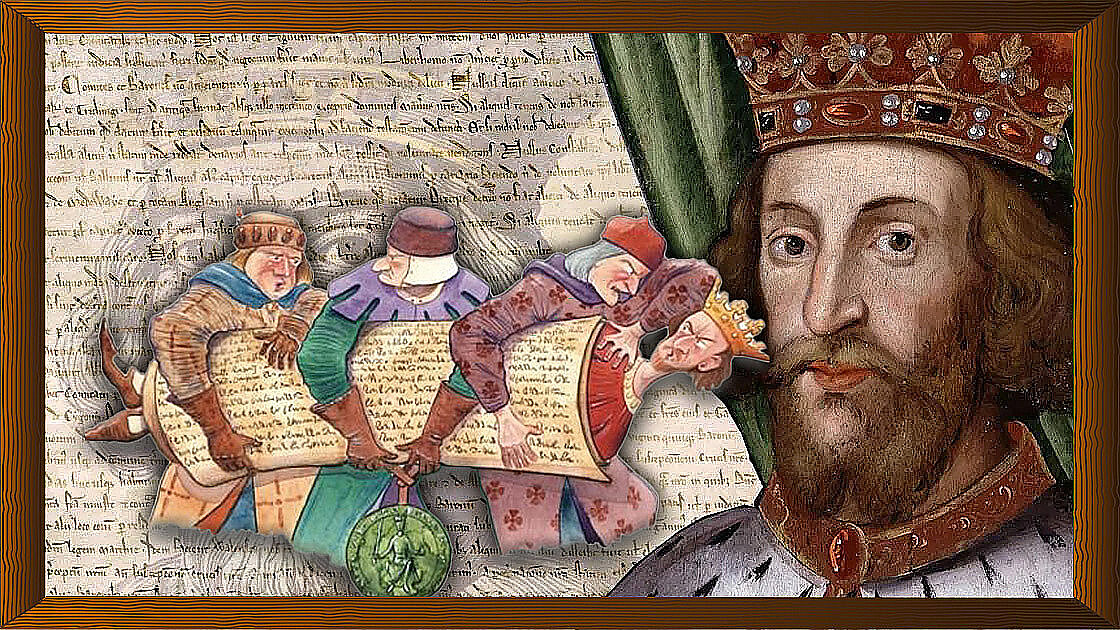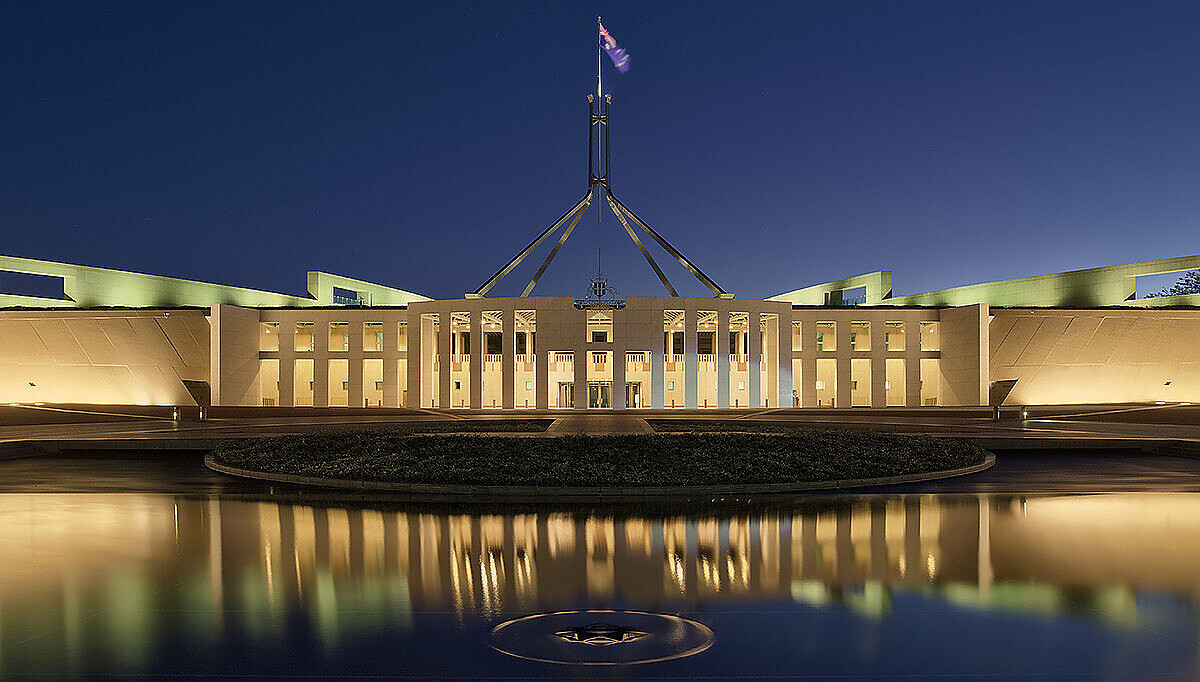This Wikipedia article is about the English Charter of 1215.
Magna Carta Libertatum (Medieval Latin for “Great Charter of Freedoms”), commonly called Magna Carta or sometimes Magna Charta (“Great Charter”), is a royal charter of rights agreed to by King John of England at Runnymede, near Windsor, on 15 June 1215. First drafted by the Archbishop of Canterbury, Cardinal Stephen Langton, to make peace between the unpopular king and a group of rebel barons, it promised the protection of church rights, protection for the barons from illegal imprisonment, access to swift justice, and limitations on feudal payments to the Crown, to be implemented through a council of 25 barons. Neither side stood behind their commitments, and the charter was annulled by Pope Innocent III, leading to the First Barons’ War.
After John’s death, the regency government of his young son, Henry III, reissued the document in 1216, stripped of some of its more radical content, in an unsuccessful bid to build political support for their cause. At the end of the war in 1217, it formed part of the peace treaty agreed at Lambeth, where the document acquired the name “Magna Carta” to distinguish it from the smaller Charter of the Forest, which was issued at the same time. Short of funds, Henry reissued the charter again in 1225 in exchange for a grant of new taxes. His son, Edward I, repeated the exercise in 1297, this time confirming it as part of England’s statute law. The charter became part of English political life and was typically renewed by each monarch in turn. However, as time passed and the fledgling Parliament of England passed new laws, it lost some practical significance.
A common belief is that the Magna Carta was a unique and early charter of human rights. However, nothing about the Magna Carta was unique in either its content or form for 12th–13th century Europe. At the end of the 16th century, there was an upsurge in interest in Magna Carta. Lawyers and historians at the time believed that there was an ancient English constitution, going back to the days of the Anglo-Saxons, that protected individual English freedoms. They argued that the Norman invasion of 1066 had overthrown these rights and that the Magna Carta had been a popular attempt to restore them, making the charter an essential foundation for the contemporary powers of Parliament and legal principles such as habeas corpus. Although this historical account was badly flawed, jurists such as Sir Edward Coke used the Magna Carta extensively in the early 17th century, arguing against the divine right of kings. Both James I and his son Charles I attempted to suppress the discussion of the Magna Carta. The political myth of the Magna Carta and its protection of ancient personal liberties persisted after the Glorious Revolution of 1688 until well into the 19th century. It influenced the early American colonists in the Thirteen Colonies and the formation of the United States Constitution, which became the supreme law of the land in the new republic of the United States.
Research by Victorian historians showed that the original 1215 charter was concerned with the medieval relationship between the monarch and the barons rather than the rights of ordinary people. Still, the charter remained a powerful, iconic document, even after almost all of its content was repealed from the statute books in the 19th and 20th centuries. None of the original 1215 Magna Carta is currently in force since it was repealed; however, four clauses of the original charter (1 (part), 13, 39, and 40) are enshrined in the 1297 reissued Magna Carta and still remain in force in England and Wales (as clauses 1, 9, and 29 of the 1297 statute).
In the 21st century, four exemplifications of the original 1215 charter remain in existence: two at the British Library, one at Lincoln Castle and one at Salisbury Cathedral. There are also a handful of the subsequent charters in public and private ownership, including copies of the 1297 charter in both the United States and Australia. Although scholars refer to the 63 numbered “clauses” of the Magna Carta, this is a modern system of numbering introduced by Sir William Blackstone in 1759; the original charter formed a single, long, unbroken text. The four original 1215 charters were displayed together at the British Library for one day, 3 February 2015, to mark the 800th anniversary of the Magna Carta.




